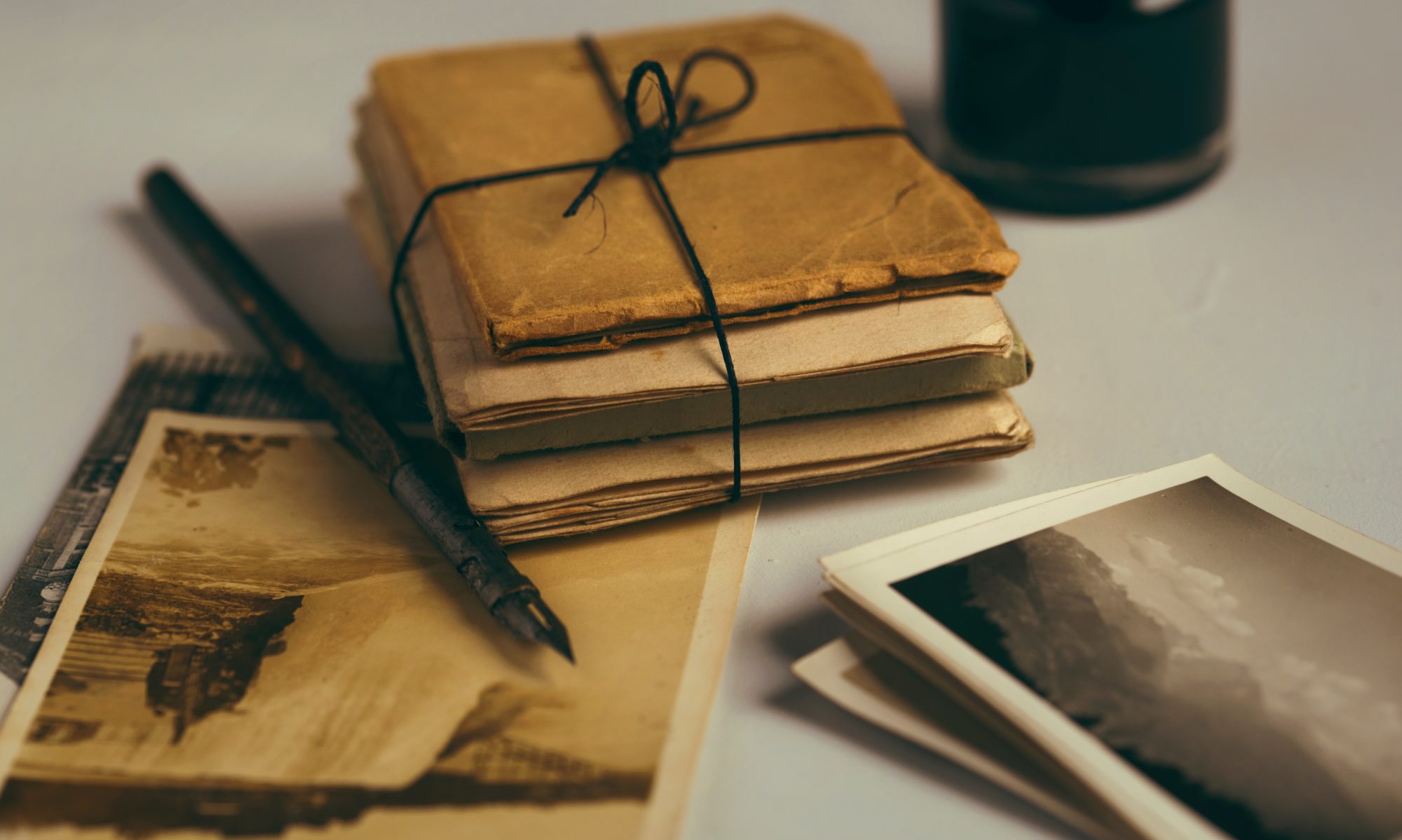
I was a twin. All through my childhood, while most were fantasising that they were adopted or actually princesses, I only ever felt like I had a twin somewhere. That I had been part of a multiple birth. There were no other children in the house of the same age, so why did I feel this way? There has been much written about twins having some kind of connection. I always thought that there was someone else out there that I was connected to in this way. I felt daft though. How could this feeling have any basis in reality?
My mum broke the news when I was eighteen years old. She’d been told she was expecting twins. It was her first pregnancy and the labour was dreadful. I was not only breech, but sideways rather than even just feet first. They never resorted to a caesarean delivery which would have changed the course of our family’s history. Finally, my mother was presented with me. Just me. Three weeks overdue but only just over 7lbs. Yes, I was an overcooked twin.
There was no mention of another baby, and she was too exhausted and overwhelmed to ask the question. Somehow, however, when she eventually told me, it all made sense. With it came the knowledge that not only had I had another brother or sister, but that I had killed them by barring their entrance to the world. My first action as a human being and I feel irrationally guilty to this day.
Two’s company…
Twins run in families and are not uncommon. However, it’s only fraternal (non-identical) twins that do this. Identical twins are an accident of fate. This is why I know my twin could have been either a brother or a sister. Because twins do run in our family. When checking your family tree for multiple births, check on the mother’s side. The gene for this is a maternal one.
I had a great aunt Peggy and a great uncle Ron who were on my mother’s side. Going further back on that line Norah Vaughan also gave birth to twins. They both died, and I only discovered their existence through their names being listed in the family bible. Twins are not hugely uncommon. In natural pregnancies, 1 in 250 or so will be twins, so there are sure to be some lurking in your tree somewhere. There may be mention of surviving babies being twins in their birth or baptism records. However, this was not universal, so if it is not mentioned don’t assume it wasn’t so. If the birth dates match though I think it’s probably safe to make a bold assumption!

Another hint, the older the mother was, and the more children she had already had, the greater likelihood that she would have twins. In my family branches, twins were quite frequently the ‘grand finale’ of the mother’s childbearing life!
…three (or more) is a rare crowd!
I have found no evidence of larger multiple births, e.g. triplets or quadruplets in my family though. But this is not unexpected. Firstly, they are rarer. Triplets naturally occur in about 1 in 10 000 pregnancies and quadruplets in around 1 in 700 000. Back in the early days, it was unusual for multiple births to have a successful outcome, either for the babies or the mother. They were often miscarried, or very premature and both the pregnancies and the labours were more complicated, perhaps leading to the deaths of all involved.

When they were successfully brought to term and delivered, newspapers and magazines of the time often covered these families extensively. So if you know of triplets or even bigger multiple births in your family, be sure to check at least the local papers and perhaps even national ones for that coverage! Some of the websites you might try depending on where the families were from may be the British Newspaper Archive (UK and Ireland), Trove (Australia), Papers Past (New Zealand), or Newspapers.com (USA).
What is the greatest number of babies from a single pregnancy that you know of in your family?










































